VMO Activation Exercises
What is a VMO Activation Exercise?
The vastus medialis obliquus (VMO) is a muscle located on the inner side of the thigh, part of the quadriceps muscle group. It plays a crucial role in stabilizing the knee joint and controlling the tracking of the patella (kneecap). Proper activation of the VMO is essential for knee stability and can be particularly important in preventing or rehabilitating knee injuries, such as patellofemoral pain syndrome.
Activating the VMO involves specific exercises that target and isolate this muscle. These exercises are designed to enhance neuromuscular control and promote strength in the VMO. It’s important to note that VMO activation exercises are often incorporated into rehabilitation programs for knee injuries, but they can also be beneficial for individuals looking to improve overall knee stability and function.
What is the VMO?
A component of the Vastus Medialis Muscle is the VMO or Vastus Medialis Oblique. Anatomists disagree as to whether the VMO is a separate muscle or a component of the Vastus Medialis.
One of the four muscles that make up the quadriceps is the vastus medialis. The muscles in the front of the leg that straighten the knee are called the quadriceps. The quad tendon, which is attached to the patella or knee cap, is where the muscles come together.
The quadriceps are composed of the following four muscles:
- Vastus Medialis
- Vastus Lateralis
- Vastus Intermedius
- Rectus Femoris
The lower portion of the Vastus Medialis that angles downward towards the knee cap is known as the VMO.
- Structure: The anterior (front) compartment of the thigh contains the muscle known as the VMO. The rectus femoris, the vastus intermedius, and the vastus lateralis are the other three muscles that comprise our quadriceps.
- Origin of the VMO: the thigh bone, or medial side of the femur
- Insertion: Quadriceps tendon near the knee
- Artery: Femoral artery
- Nerve: Femoral nerve
- Actions: Knee extension (straightening the knee)
The VMO enters the quadriceps tendon on the inside edge of the knee cap after emerging from a continuous line of attachment along the thigh bone.
Function: In addition to extending the knee, VMO plays a crucial role in proper knee-cap tracking. The knee cap tracks higher in the femoral groove as a result of the quadriceps contracting and pulling on their insertion sites at the patella. A properly contracted quadriceps should contract concurrently, with the patella tracking smoothly and upward via the femoral groove. Unfortunately, a variety of maladaptations within the system have the potential to stop the patella’s smooth upward pull.
Clinical Significance: The knee joint capsule frequently swells and becomes fluid-filled during episodes of acute inflammation. This fluid within the knee helps to suppress nerve transmission, which in turn inhibits the VMO muscle and causes the VMO to weaken. Further secondary problems, such as biomechanical imbalances brought on by tight or weak structures, may arise as a result of this deficiency. Poor patella tracking is a prime illustration of this. This emphasizes how crucial it is to lessen joint oedema following recent trauma. Reduce swelling to stop the VMO muscle from atrophying or losing strength, thereby avoiding further problems during your rehabilitation.
What Happens When the VMO Is Weak?
Abnormal patella tracking at the knee might result from weakness or decreased activation of the VMO.
The patella is balanced in the centre of the groove, where it rests at the end of the femur at the knee when the quadriceps contract correctly and in the right order. As a result, the knee cap can move smoothly up and down while the knee bends and straightens.
When the VMO is weak, the other quadriceps muscles push the knee cap outside of the groove. This may cause excessive wear and tear and rubbing of the joint surfaces in the lateral or outer patellofemoral joint area.
What makes the VMO weak?
When the VMO does not activate as much, it becomes weaker. This typically occurs when the knee hurts or swells.
The brain may cease the quadriceps’ usual muscle action when there is swelling inside the knee joint capsule. This may have an impact on the contraction or firing order of the quadriceps’ four muscles. The VMO becomes weaker and atrophy as a result.
How Do You Make the VMO Strong?
Specific VMO strength workouts can help the VMO get stronger. To activate it, usually concentration and isometric activities are required.
How to work your VMO:
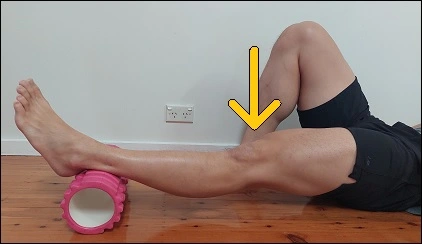
- VMO Activation:
- It is crucial that you are able to feel and activate the VMO muscle.
- Every exercise described in this blog article requires the involvement of this contraction.
- Instructions:
- Lie down on the ground.
- Place a foam roller below your ankle.
- Let your leg roll towards the outside so that your foot and knee tilt a little outward.
- Press your knees towards the ground as hard as you can smoothly permit.
- Target to experience an effective contraction in the VMO muscle in the lower/inner thigh area.
- Put your hand over the VMO muscle and feel the contraction.
- Maintain for 5 seconds.
- Repeat 10–20 times.
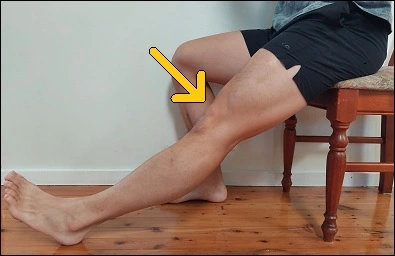
- Knee Push Down (Sitting)
- Instructions:
- Take a seat on a chair’s edge.
- Extend your leg straight ahead of you.
- Make sure your foot and knee are pointed out.
- Put your heel down on the ground.
- As much as is comfortable for you, firmly press your knee downward.
- Try to feel the VMO muscle contract firmly.
- Hold on for five seconds.
- Do this 10–20 times.
- Instructions:

- Straight Leg Raise
- Instructions:
- Lying down on the ground
- Lower your knee by pushing it down.
- During this exercise, keep your knees completely locked straight.
- Turn your leg just a little bit outside.
- Try to feel the VMO muscle contract firmly.
- Raise one leg just a little bit.
- Make twenty repetitions.
- Step up via an ankle weight.
- Instructions:
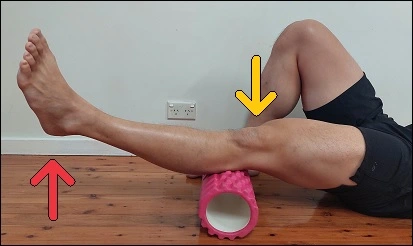
- Terminal Knee Extension
- Instructions:
- Lie down on the ground.
- A foam roller should be placed beneath your knee.
- Make an outward-leg pivot.
- Grasp the foam roller with your knee.
- Elevate your foot off the ground while maintaining the downward pressure on the foam roller.
- Try to feel the VMO muscle contract firmly.
- Hold on for five seconds.
- Repeat 20 times.
- Step up by adding an ankle weight.
- Instructions:
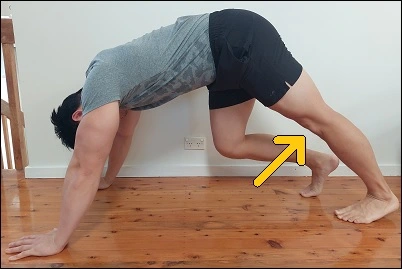
- Modified Plank
- Instructions:
- Take on the position seen above.
- Straighten your knee.
- Try to feel the VMO muscle contract firmly.
- Hold on for five seconds.
- Repeat 20 times.
- Progress: Complete this exercise using just one leg.
- Instructions:
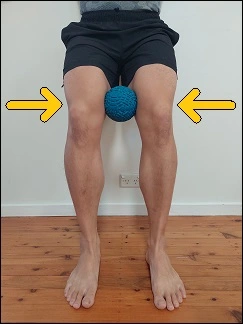
- Squat with a Ball Squeeze
- Instructions:
- Keep your feet shoulder-width apart in a standing position.
- In between your knees, place a ball.
- Throughout this exercise, use your inner knees to squeeze the ball.
- Do a low squat.
- Throughout the exercise, try to feel a strong contraction in the VMO muscle.
- Make twenty repetitions.
- Advancement: Cling to the weights.
- Instructions:
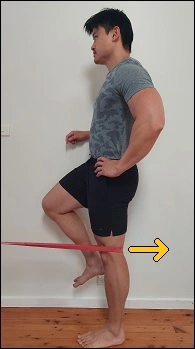
- Knee Extension Against Resistance Band
- Instructions:
- Put a resistance band around your knee’s back.
- Place the opposite end of the resistance band at knee height in front of you.
- Apply a strong amount of tension to the band and take a step back.
- For equilibrium, cling to something.
- Stretch out the opposite leg.
- Against the band’s resistance, straighten your leg.
- The goal is to experience a thigh muscular contraction.
- Hold on for five seconds.
- 20 times, repeat.
- Instructions:
More advanced VMO exercises:
Engaging the VMO at various knee positions is a smart concept.
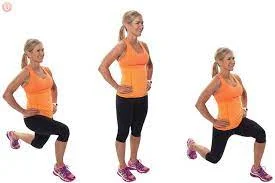
- Forward Lunge
- Instructions:
- Step on one of the steps.
- Place both of your hands on the wall in front of you for support.
- Throughout this exercise, keep your knee in line with your toes for the leg on the step.
- Take a forward lunge.
- As much as possible, move your knees forward without letting them click.
- As much assistance with your hands as needed should be given.
- Make twenty repetitions.
- Progression: Give the knee more room to advance.
- Gradually reduce the amount of support your arms are providing for you.
- Instructions:
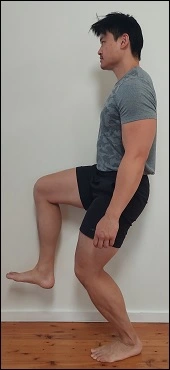
- Single-Leg Mini Squat
- Instructions:
- Stand up straight
- For equilibrium, cling to something.
- Take a single-leg stance.
- Do a little squat.
- Try to feel the VMO muscle flex firmly.
- Make twenty repetitions.
- Progression: Hold onto weights.
- Instructions:
- Backwards Walking
- Instructions:
- Step backward and up a little hill.
- Verify if the contraction in the VMO is perceptible to you.
- Go on for another 60 seconds.
- Progression: Hold onto weights.
- Instructions:
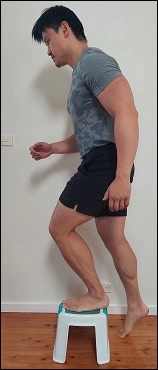
- Step up
- Instructions:
- Step on one of the steps.
- Place your entire weight on the foot.
- Take a step up onto the step without utilising momentum.
- Fully extend your leg.
- Sense the tightness in your quadriceps.
- 20 times, repeat.
- (If necessary, you can use something to maintain your balance.)
- Instructions:
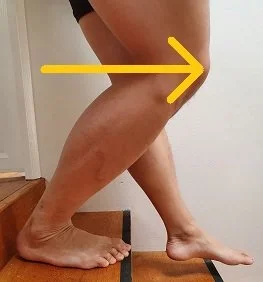
- Step down
- Instructions:
- Stand on top of a step.
- For support, hold onto anything that is stationary.
- Throughout this exercise, maintain the knee in alignment with your toes for the leg that is on the step.
- Reach down to the floor with your other foot slowly.
- Go back to where you were before.
- Make twenty repetitions.
- Progress: Take your time performing the workout.
- Take a step up.
- Reduce the amount of arm support you use.
- Instructions:
Can you isolate the VMO for strength training?
There has been a lot of discussion on this subject; however, it is impossible to isolate the VMO alone. The remaining muscles receive a contracting signal from the brain as well.
When tightening the quadriceps, there are methods to improve and increase the efficiency of the VMO. This comprises:
- Manual Biofeedback: Press a fingertip against the VMO and attempt to feel if the muscle contracts with firmness.
- Electrical Biofeedback: This device measures the electrical activity in the muscle and gives the user the option to tighten more in order to detect a stronger signal. Usually, as muscles contract, lights or noises are produced in response.
- Electrical Stimulation: Electrical stimulation causes a muscle to contract by means of an electrical impulse. While it offers sensory information to the brain to help it become more conscious and effective while using VMO contractions, this does not replace the typical self-activated contraction.
Will VMO strength exercises fix knee pain?
In many situations, knee discomfort can be resolved by increasing the VMO’s activity. The VMO can aid in restoring normal knee mechanics and balancing the position of the knee cap.
However, there are other reasons for lateral patellofemoral discomfort than the VMO. Additional reasons consist of:
- Position of excessive knock-kneedness (Genu Valgum)
- Gluteus Medius IT Band Weakness/Tightness Syndrome
- Both of these problems affect the patellofemoral joint’s typical mechanics and may be involved in knee pain and dysfunction.
Some forms of knee discomfort can be managed with the aid of strengthening the Gluteus Medius.
Conclusion
One key knee muscle that helps with strength, control, and stability is the Vastus Medialis Oblique, or VMO for short.
FAQ
Where is VMO most active?
The last thirty degrees of knee extension are when the VMO is most active. In most cases, prophylactic bracing does lessen the likelihood of injury to the joint being protected. The vasti musculature uses the patella as a pulley to produce force and extend the knee.
What happens if your VMO is weak?
This weakness of the VMO muscle might result in “patellar maltracking.” This indicates that your knee cap is not aligned properly because the patella does not track correctly in the groove of your tibia (shin bone) or femur (thigh bone).
What are the symptoms of a weak VMO?
An inadequate VMO is linked to a wide range of symptoms. A weak VMO muscle is indicated by foot pronation, which is the favouring of one side of the foot over the other, knee pain, and trouble walking or performing activities like squats and lunges.
Does cycling build VMO?
During the downward portion of the pedal stroke, the quadriceps perform at their peak. particularly the vastus medialis oblique (VMO), which aids in shifting into high gear. Hamstrings: The hamstrings pull the pedal upward and flex the knee.
Why is the VMO so important?
Whereas VMO runs more longitudinally and contributes more to knee extension, VMO runs obliquely and aids in the medial transaltion of the patella. The VMO applies sufficient and advanced force that is aimed medially to reduce the load on the patellofemoral joint.
How do you hit VMO on the leg press?
Vastus medialis oblique, or VMO for short, is the teardrop-shaped quadriceps muscle located above the kneecap. Place your feet in a close stance and a little bit lower on the platform to trigger the VMO.
Does the VMO muscle make you faster?
Different versions exist to make the VMO stronger.
Another excellent workout that involves a lot more motions is the Peterson Step-Up. Increasing the strength of the VMO will help you become faster, more coordinated, and develop stronger, larger quadriceps. Make sure you perform compound lifts in addition to structural balancing.
Is VMO important for jumping?
Lastly, we aim to build strength in the muscles that keep the knee stable. These are mostly the VMO (vistas medialis oblique) and the hamstring. To reach your maximum performance in the vertical leap, there are specific methods to strengthen and challenge these muscles.
Are mini-squats effective?
By strengthening your quadriceps and glutes, the mini squat can help you execute more useful exercises like squatting, climbing stairs, and getting up and down from a chair. Your risk of falling is also reduced if your lower-body muscles are stronger.
Does weak VMO cause knee valgus?
VMO, or the vastus medialis oblique, is a crucial muscle for stable knee function. The inner side of the knee becomes unstable due to weakness or inactivity in VMO, causing the knee to veer inward (valgus), which puts a great deal of stress on the inner knee components (medial meniscus, ACL, and MCL).
Reference
- “VMO Strength Exercises.” Jacksonville Orthopaedic Institute, www.joionline.net/trending/content/vmo-strength-exercises. Accessed 24 Nov. 2023.
- “Vastus Medialis Exercises: Strengthening and Stretching the VMO.” Knee-Pain-Explained.com, www.knee-pain-explained.com/vastus-medialis-exercises.html. Accessed 24 Nov. 2023.
- Mark. “12 VMO Exercises to Strengthen Your Knee.” Posture Direct, 9 Jan. 2023, www.posturedirect.com/vmo-exercises.

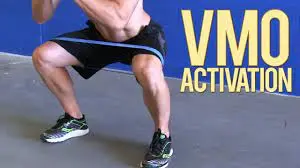
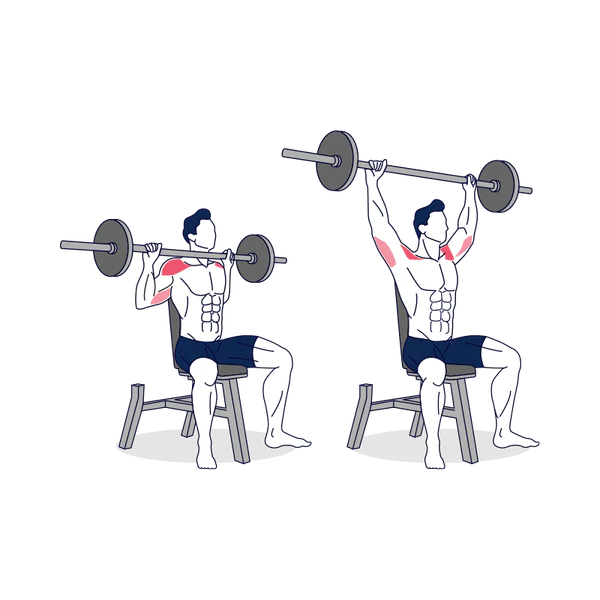
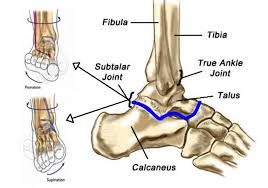

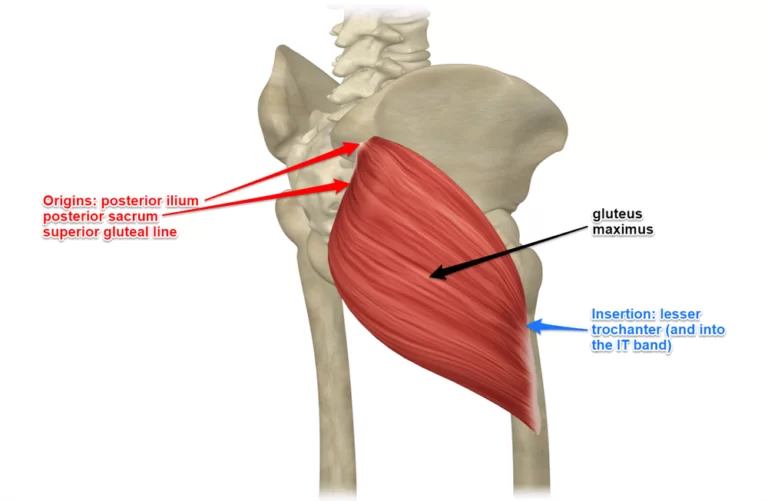
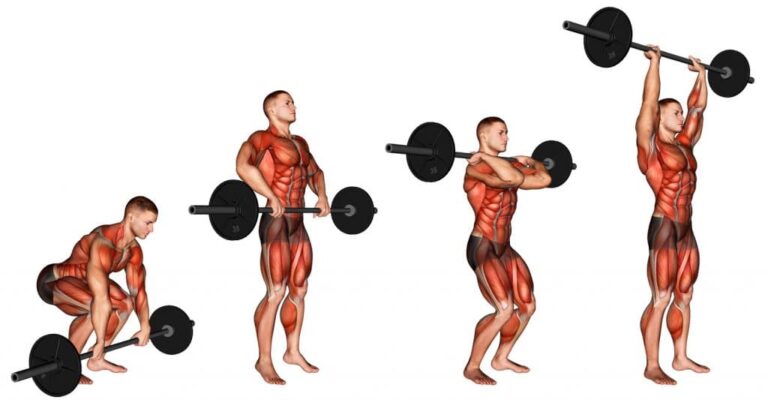
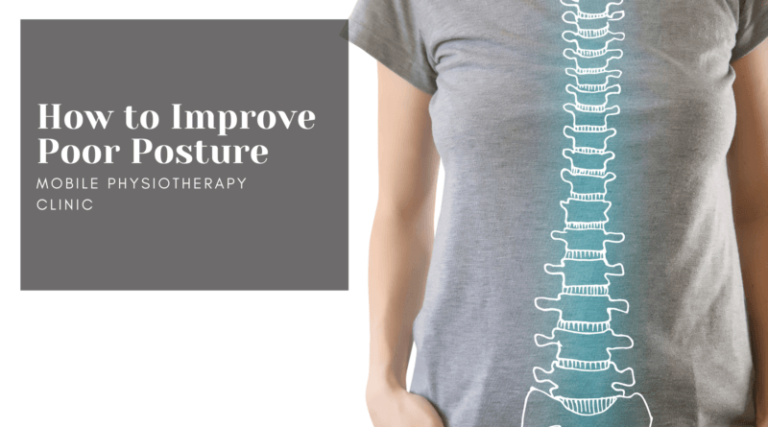
One Comment